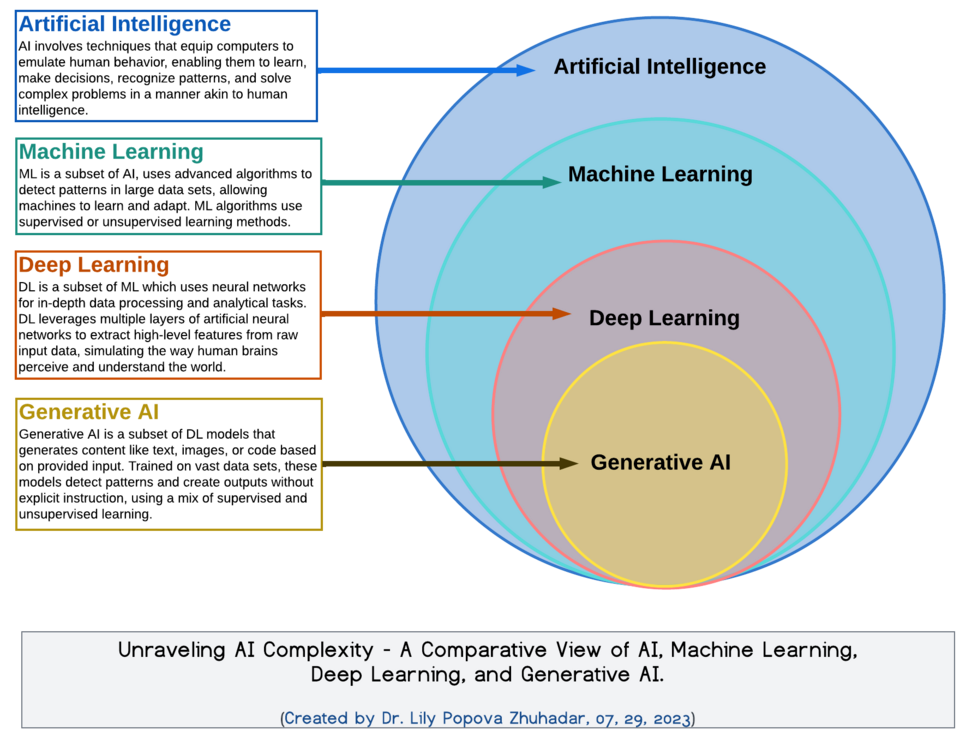Machine Learning Advances Understanding of Ultra-Thin Materials' Structures

A groundbreaking study led by Professor Megan Butala at the University of Florida has introduced a novel machine-learning workflow, IsoDAT2D, which enhances the ability to analyze the atomic structure of ultra-thin film materials. These materials, which are pivotal in the production of next-generation semiconductor devices, are often used in consumer electronics, including smartphones and computers. The research, published on July 28, 2025, signifies a substantial leap forward in material science, particularly in the context of advancing technology that demands higher efficiency and performance.
Traditionally, the study of thin films—materials that are thousands of times thinner than human hair—has faced significant challenges due to the difficulty in isolating the atomic structures from the more substantial signals of the thicker substrates they are mounted on. However, Butala's innovative approach addresses these challenges by utilizing machine learning algorithms that process complex two-dimensional X-ray total scattering data. This advancement allows scientists to identify the unique 'fingerprints' of ultra-thin films, which are essential for the design and manufacturing of semiconductor devices.
According to Professor Michael Tonks, Interim Chair of the Department of Materials Science & Engineering at the University of Florida, Butala's research could revolutionize chip manufacturing by enabling the development of materials with atomic-level precision. Tonks noted, "With clearer insights, researchers can design materials with more precise properties, resulting in faster and more energy-efficient computer chips."
The implications of this research extend beyond just semiconductors; it holds promise for advancements in various technologies including energy storage systems, medical devices, and artificial intelligence components. The potential to enhance battery technology for electric vehicles and improve sensors used in healthcare could significantly impact multiple industries.
Lead student researcher Danielle Alverson emphasized the collaborative nature of this research, highlighting the importance of the National Synchrotron Light Source-II at Brookhaven National Laboratory in overcoming data collection challenges. Alverson stated, "We’re combining these two machine learning algorithms, and it’s been doing OK for us. It sparks discussions at conferences and meetings."
Despite the promising results, Butala and her team recognize the limitations inherent in retrieving atomic information from thin films. Accurate analysis requires high-quality input data and robust algorithms, making the development of such technology a meticulous process.
Butala's ongoing efforts include pursuing funding proposals with the Department of Energy and collaborations with industry partners, aiming to push the boundaries of what can be achieved with machine learning in material science. As the United States strives to maintain its leadership in developing advanced electronics, this research represents a critical step toward redefining the capabilities of technology we use every day.
This study underscores the growing intersection of machine learning and materials science, paving the way for innovations that could fundamentally alter our interaction with technology, creating smarter, more efficient devices for future generations. The findings are detailed in the study titled "Distinguishing isotropic and anisotropic signals for X-ray total scattering using machine learning," published in the journal Acta Crystallographica A in 2025.
Advertisement
Tags
Advertisement





